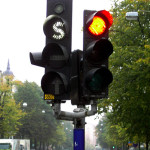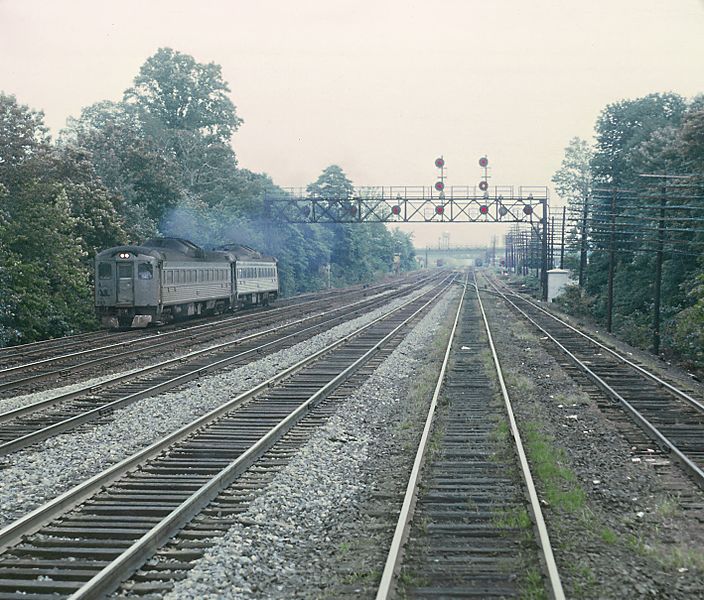Number 36 in the Clean Air Technologies Series.
Yesterday
In “CATS: For environmental sustainability, security and even safety, solar ‘lights’ the way,” in the first few paragraphs, I described what I had observed on a part of the then return leg of what had at the time been a vacation taken to the California coastal community of Monterey. And, what I wrote was this exactly:
“On a recent trip back to Fresno from Monterey, California, upon entering State Route (SR) 99 from SR 152, I noticed quite a few of the light standards that had previously been used to supply light for roadway illumination purposes were unlit.
“So what was the reason or reasons for this move? Were said lights off because of copper wire theft or was this an attempt by state or county interests to conserve energy, save money or both?
“Now I would have to think that each of those standards cost a pretty penny to put up and if not used, then wouldn’t that sort of defeat the purpose of their being installed in the first place?
“So getting back to the energy-conservation/money-savings scenario, I guess I could accept that. Besides, it isn’t as if motor vehicles don’t come with headlights.”
This elicits memories of a time when the city of Fresno (where I reside) decided – as a cost-cutting measure – to keep the lamps on as many as – if I recall correctly – 10,000 roadway lighting standards scattered throughout the city, turned off. Obviously, complaints from citizens were lodged. Also, if I’m not mistaken, these 10,000 or so lights were eventually turned back on.
Today

Now, in carrying the “lights out” move one step farther, imagine the money and energy that could be saved by keeping all such lighting standards off (at night) and illuminated only when motion or movement was detected by a sensor placed somewhere on the standard itself. This is similar in principle to the way motion-detection lighting operates.
But, why stop there?! The same could be applied to traffic signaling systems: If no traffic is approaching the intersections where such signaling is in use (like, say, during the middle of the night), these, too, could be disabled. Again, such would require the application/installation of motion-sensing devices to detect the presence of motor vehicle movement; that is, when such comes within close proximity to the traffic signaling system so equipped.

Relatedly, a number of North American railroad concerns have adopted this practice, the very way in which said wayside (along the right-of-way) signaling systems function (wayside signals govern the movement of trains along tracks). Keeping such wayside signal-light system lights unlit (dark – in railroad parlance), until such time that an approaching train enters the track territory at a location whereby said approaching train causes the signal in question to illuminate thus providing a signal (indication – in railroad parlance) to the train’s engineer, conveying to that engineer what the condition of the track ahead is as it has to do with whether or not it is okay for the train in question to proceed at current (designated) speed (clear or proceed indication – a green aspect), slow (medium- or reduced-speed approach indication – a yellow aspect) or stop (stop indication – a red aspect), is a method to not only save energy, money and help the planet, but the lives of lamps used in this application are extended. This is similar in principle to the way warning signals operate at highway-railroad grade crossings (more commonly known as railroad crossings). Such is a win-win-win all around.
And, tomorrow?
It is here, at this juncture, where putting brainstorming skills to work could someday pay dividends in a really big way.
What I have in mind is: how about forgoing the wayside signaling practice entirely? Well, why not such a thing as right-of-way-based traffic-signaling-system control supplanted with inside-the-motor-vehicle cab (occupant compartment), cab-signaling?! This would require a wide-area-communications network to be set up for all motor vehicles operating in a given locale, obviously. And, if such an operating platform were established and implemented, one by one, traffic-signal-equipped intersections would become a thing of the past.
As a matter of fact, many a railroad operation utilizes this very technology, high-speed passenger train systems in particular. Instead of signals being put up along railroad rights-of-way to govern the movement of trains, as such is done via signals in locomotive or control-car cabs (hence the term “cab signals” in railroad parlance), signal aspects that the train operating engineer are required to be on the lookout for, and are readily available for viewing during times the affected train is under the control of said engineer, here again, with such a platform in place, both energy and money can be saved. And as for the environment, well, it is helped in the process, too.
Which brings this cliché to the fore: human limitation sometimes involves nothing more than the limit of the imagination; or something to that effect.
Images: Johan Olsson (upper); Roger Puta, Wikimedia Commons (lower)
This post was last revised on Apr. 9, 2020 @ 4:52 p.m. Pacific Daylight Time.
– Alan Kandel